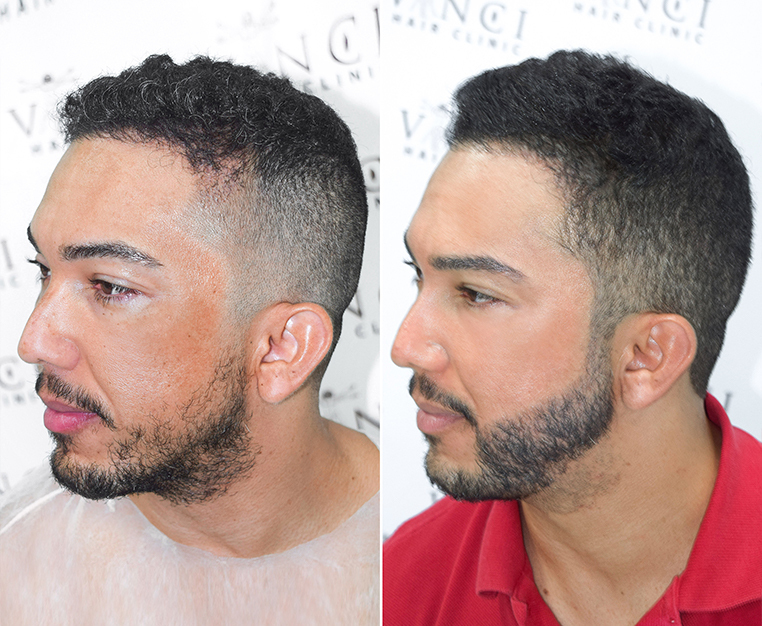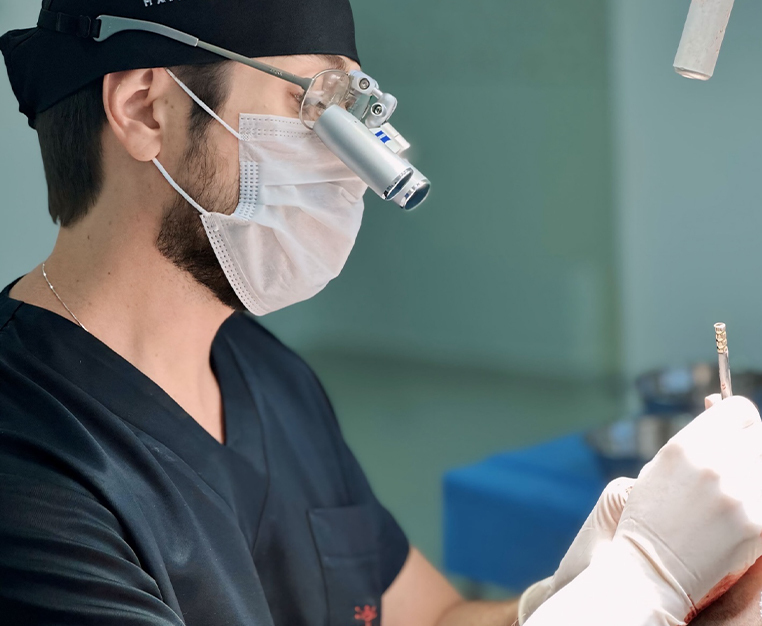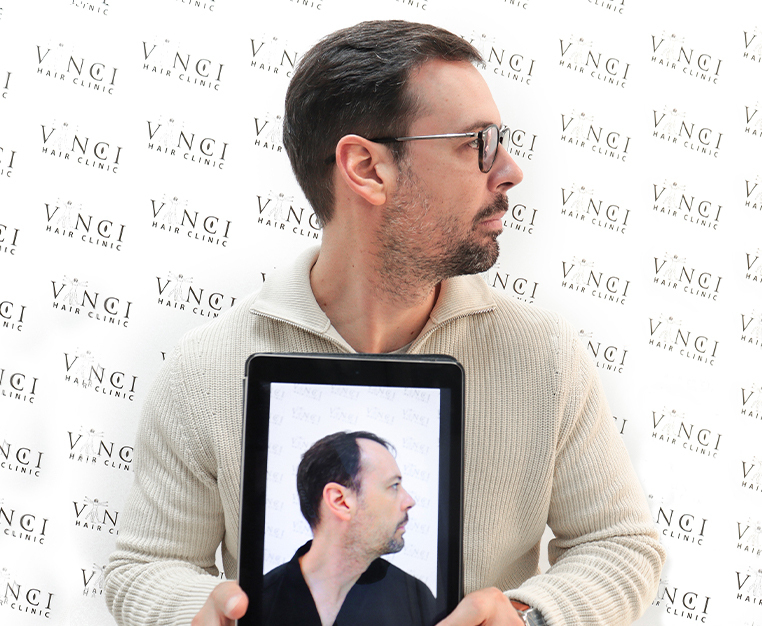Millions of people around the world suffer from hair loss and, increasingly, hair transplant surgery is being viewed as a tried and trusted way of dealing with the problem. That doesn’t mean that choosing to go for a hair transplant is an easy decision; there is still a stigma attached to the process. Good progress has been made in mainstreaming hair transplantation as a healthcare service, something we’ve covered in a previous blog, but more needs to be done.
Additionally, there’s still a need to dispel some of the myths that surround hair transplants, making people’s decisions even harder. Let’s start with four of the worst offenders!
Myth Number 1: ‘It’s Fake Hair’
This myth probably goes back forty or fifty years to the days of hair-plug transplants. In those more rudimentary days, hair shafts were taken from the donor area and implanted in the balding areas with noticeable gaps between them. They were all also positioned at a very upright angle. The result, unsurprisingly, looked anything but natural.
The situation is radically different today. Using modern Follicular Unit Extraction (FUE) surgery, surgeons graft hair follicles from the donor sites onto the bald areas of the crown and hairline. Within a few months, the transplanted follicles start growing just as they would have done in their original positions. The hair produced, therefore, is 100% natural.
Myth Number 2: ‘It’s Only Temporary’
This myth puts many people off getting a hair transplant, as they think they’ll only have to keep repeating the process every few years. Let’s be clear: for most clients who attend a reputable clinic, a hair transplant will be a one-time thing. Statistics produced by the International Society of Hair Restoration Surgery (ISHRS), however, show that about 32% of people require more than one procedure to get the result they want. Why is this?
One of the main reasons is that many of the second and third transplant procedures are what the ISHRS describes as ‘transplant repairs.’ These are most often the result of botched transplants carried out in black-market clinics that form part of the ‘transplant tourism’ trade around the world. While these cut-price operators promise much, the reality is that surgery is often carried out by unqualified and unskilled staff.
A smaller number of multiple transplant cases are made up of clients, often celebrities, who choose to go ahead with their first surgical procedure even when advised that they will need more work further down the line. For this group, it is often a decision based on the demands of their career or public image.
Myth Number 3: ‘It’s Too Painful’
The term ‘transplant surgery’ fills many people with dread and puts them off the idea of hair restoration treatment; it all sounds much too painful. However, while pain may have been part of the process in decades past, the latest medical techniques and minimally invasive technology make for a much gentler experience. Local anaesthesia is used for the surgery, and this can be administered without the use of needles. There is no suturing involved, either. Clients can usually resume their normal activities after twenty-four hours.
Most clinics will prescribe painkillers in case clients experience some discomfort once the anaesthetic has worn off, but this is done more as a precautionary measure. Generally, clients do not report any significant post-op pain issues.
Myth Number 4: ‘I’m Too Old for a Transplant’
You’re never too old for a hair transplant. The simple truth is that suitability is determined by the nature of your hair loss and the quality of hair you have in the donor sites on the back and sides of your head. If these factors are in your favour then advanced age is no barrier.
There is such a thing as being too young for a hair transplant, however. Reputable clinics won’t provide surgery for a client unless they can identify a hair loss pattern and are sure that any new hair won’t be left isolated by further hair loss. Otherwise, the client would need further transplants in the future. Younger people, therefore, are quite likely to be told to wait another year or two to see how things progress.
Conclusion
Hair transplant recipients often spend a long time thinking about it before they ever reach a clinic. Many worry about what friends, family and colleagues will think of their decision. Equally, many have swallowed some of the nonsense talked about hair transplants. Hopefully, this article has busted some of those myths.
If you have concerns about hair loss, don’t put off addressing the problem. Like many other conditions, hair loss is tackled ed most effectively when it’s caught in the early stages. Vinci Hair Clinic can help with that. We are one of the largest and most respected hair restoration organisations in the world. We offer a free, no-obligation consultation to all our new clients. Get in touch and book your appointment today!





